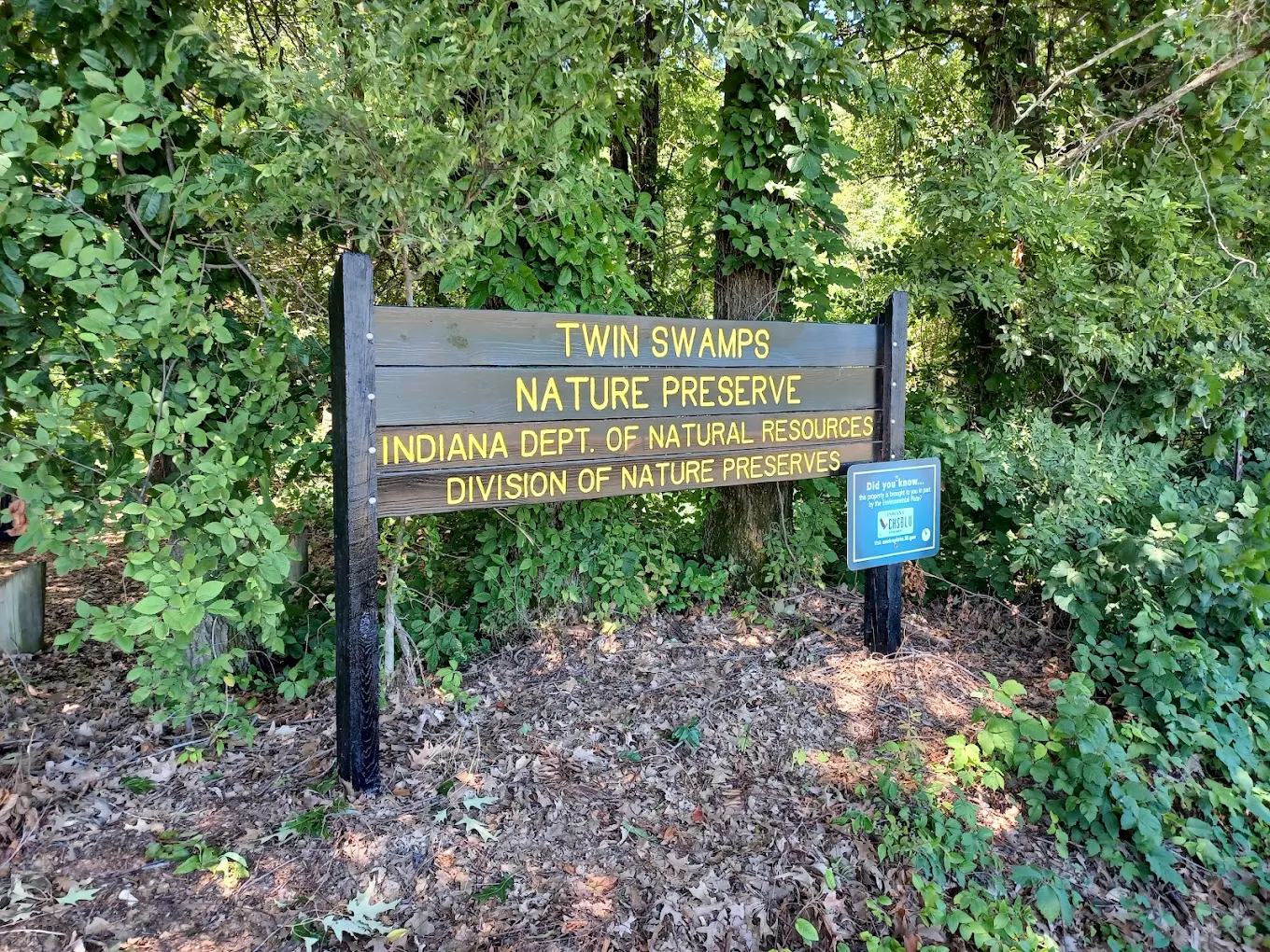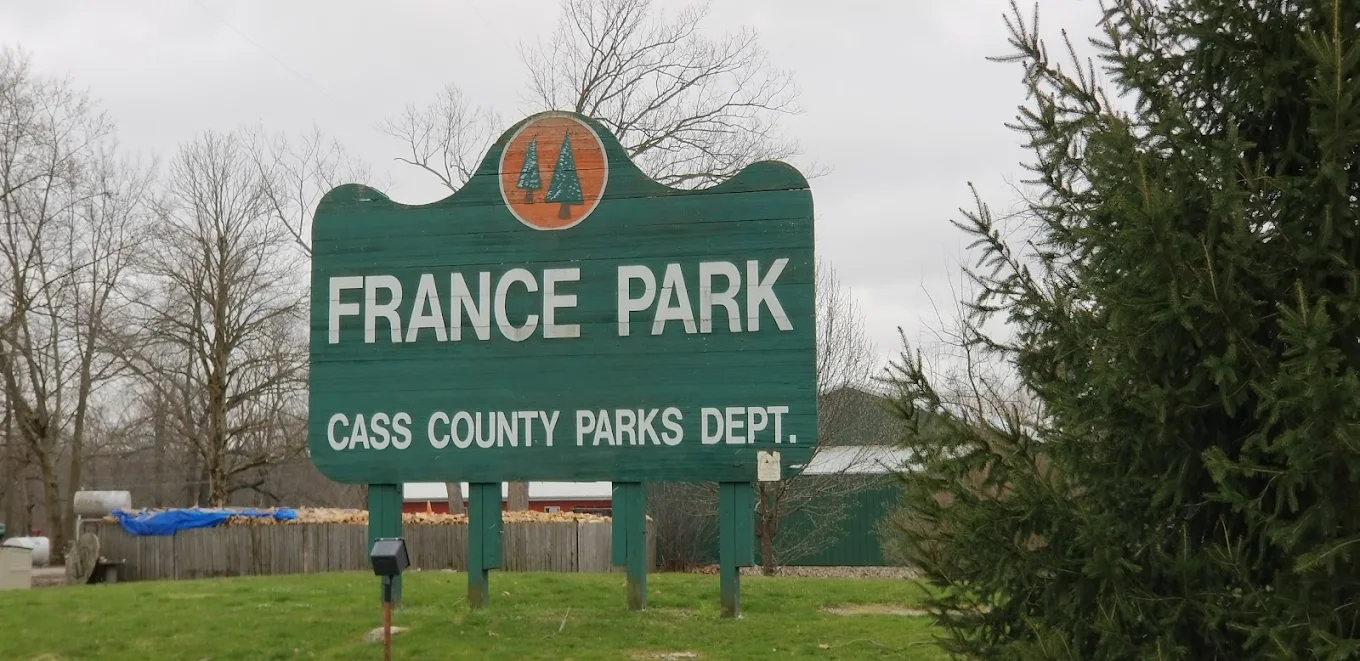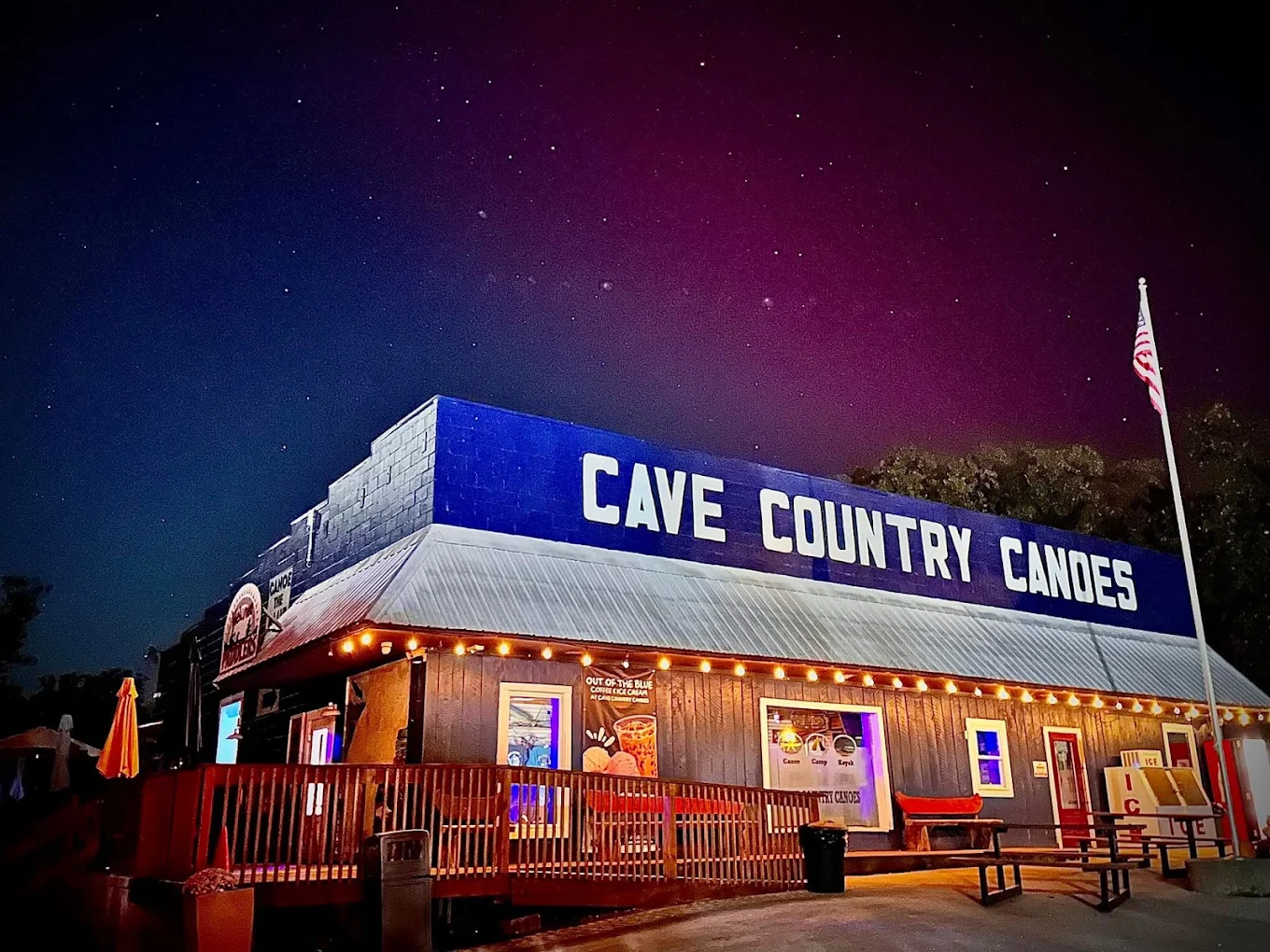Twin Swamps Nature Preserve in Posey County, Indiana, is a remarkable wetland where visitors can hike among rare bald cypress and swamp tupelo trees, experiencing an ecosystem unlike anywhere else in the state.
Located in the southwestern tip of Indiana, near where the Wabash and Ohio Rivers meet, this protected area offers a glimpse into a landscape more commonly associated with the Deep South than the Midwest. Elevated boardwalks and natural trails allow hikers to explore without disturbing the sensitive environment, making it an accessible adventure for nature enthusiasts of all ages.
A Rare Ecosystem in Indiana
Twin Swamps is one of the few places in the state where bald cypress trees grow naturally. These ancient trees, with their distinctive “knees” protruding from the water, thrive in saturated soils and provide habitat for a variety of wildlife. Alongside them are swamp tupelo trees, another rarity in Indiana, adding to the preserve’s ecological significance.
Formation and Habitat
The preserve’s wetlands formed thousands of years ago through river flooding and sediment deposits. Over time, unique plant and animal communities developed, creating a pocket of southern-style swamp forest far north of its typical range.
Protected Status
As part of the Indiana Department of Natural Resources’ Nature Preserve system, Twin Swamps is carefully managed to protect its fragile habitats. Conservation efforts focus on maintaining water levels, preventing invasive species, and ensuring that visitors can experience the area without causing harm.
The Twin Swamps
The preserve gets its name from the two main swamp areas within its boundaries: one dominated by bald cypress and the other by swamp tupelo. Each has its own character and seasonal beauty, and both can be experienced via the trail system.
Bald Cypress Swamp
This area features towering cypress trees with buttressed trunks and knobby knees rising from the shallow water. In spring and summer, the canopy is lush and green, while autumn turns the foliage a warm bronze. Winter reveals the stark, sculptural beauty of the bare trees against the reflective water.
Swamp Tupelo Swamp
Nearby, the swamp tupelo grove offers a slightly different experience, with trees adapted to similar wet conditions but displaying unique bark textures and leaf shapes. Tupelos often host nesting birds and are particularly striking in fall when their leaves turn shades of red and gold.
Hiking the Preserve
The main hiking route is approximately two miles long, with sections of boardwalk and packed-earth trail. The boardwalk allows visitors to walk directly into the swamp environment without getting wet or damaging sensitive root systems, while the ground trails wind through bottomland hardwood forest and along higher ground.
Accessibility
The boardwalk is suitable for most visitors, including families with children, and offers benches at intervals for resting. Interpretive signs provide information about the plants, animals, and history of the preserve.
Best Times to Visit
Spring brings wildflowers and active birdlife, summer offers dense greenery and shade, fall features colorful foliage, and winter reveals the structure of the trees and often clearer views of wildlife.
Wildlife Viewing
Twin Swamps supports a rich diversity of wildlife. Visitors may spot great blue herons, wood ducks, and migratory songbirds in the canopy and along the water’s edge. The wetlands are also home to turtles, frogs, and fish, while the surrounding forest shelters deer, raccoons, and other mammals.
Birdwatching Highlights
The preserve is part of the Ohio River migratory flyway, making it a seasonal hotspot for birdwatchers. Warblers, vireos, and other neotropical migrants pass through in spring and fall, while year-round residents like pileated woodpeckers are easier to see when foliage is sparse.
Photography Opportunities
The mix of water, trees, and wildlife provides endless subjects for photography. Early morning and late afternoon light often creates reflections and shadows that highlight the swamp’s mysterious beauty.
Conservation and Education
The Indiana DNR manages Twin Swamps for both preservation and public education. School groups, nature clubs, and individual visitors are encouraged to learn about wetland ecology, endangered species, and the importance of protecting these rare habitats.
Leave No Trace
Visitors are asked to follow Leave No Trace principles—staying on designated trails, carrying out all trash, and avoiding disturbance to plants and wildlife. Even small actions, like refraining from picking flowers or touching tree bark, help preserve the delicate balance of the swamp ecosystem.
Research Opportunities
Because of its unique flora and fauna, the preserve is occasionally used for scientific research. Studies here contribute to broader understanding of wetland health, climate impacts, and species conservation.
Planning Your Trip
Twin Swamps Nature Preserve is located in a remote area of Posey County, so visitors should plan ahead. There are no restroom facilities or concessions on-site, so bringing water and snacks is recommended. The preserve is open during daylight hours, and there is no admission fee.
Getting There
The preserve is accessible via rural roads, and signage along the way helps direct visitors. Parking is available at the trailhead, though spaces are limited and can fill quickly during peak seasons.
What to Bring
Sturdy shoes are recommended, especially for the natural-surface portions of the trail. Binoculars, cameras, and insect repellent are also useful, particularly in warmer months when mosquitoes are active.
Why Twin Swamps Stands Out
While Indiana has many beautiful parks and preserves, Twin Swamps offers something truly unique: the chance to walk among tree species more often associated with southern swamps than Midwestern woodlands. This rare habitat, combined with well-designed trails and rich biodiversity, makes it a standout destination for nature lovers.
A Living Time Capsule
Visiting Twin Swamps is like stepping into another world—one shaped by ancient waterways, adapted plant life, and the slow rhythms of swamp ecology. It’s a reminder of the diversity hidden within Indiana’s landscapes.
Memories in the Making
Whether it’s the sight of cypress knees rising from still water, the sound of birdsong echoing through the trees, or the feeling of walking above a flooded forest on a quiet boardwalk, a hike through Twin Swamps leaves visitors with lasting impressions of beauty and tranquility.




